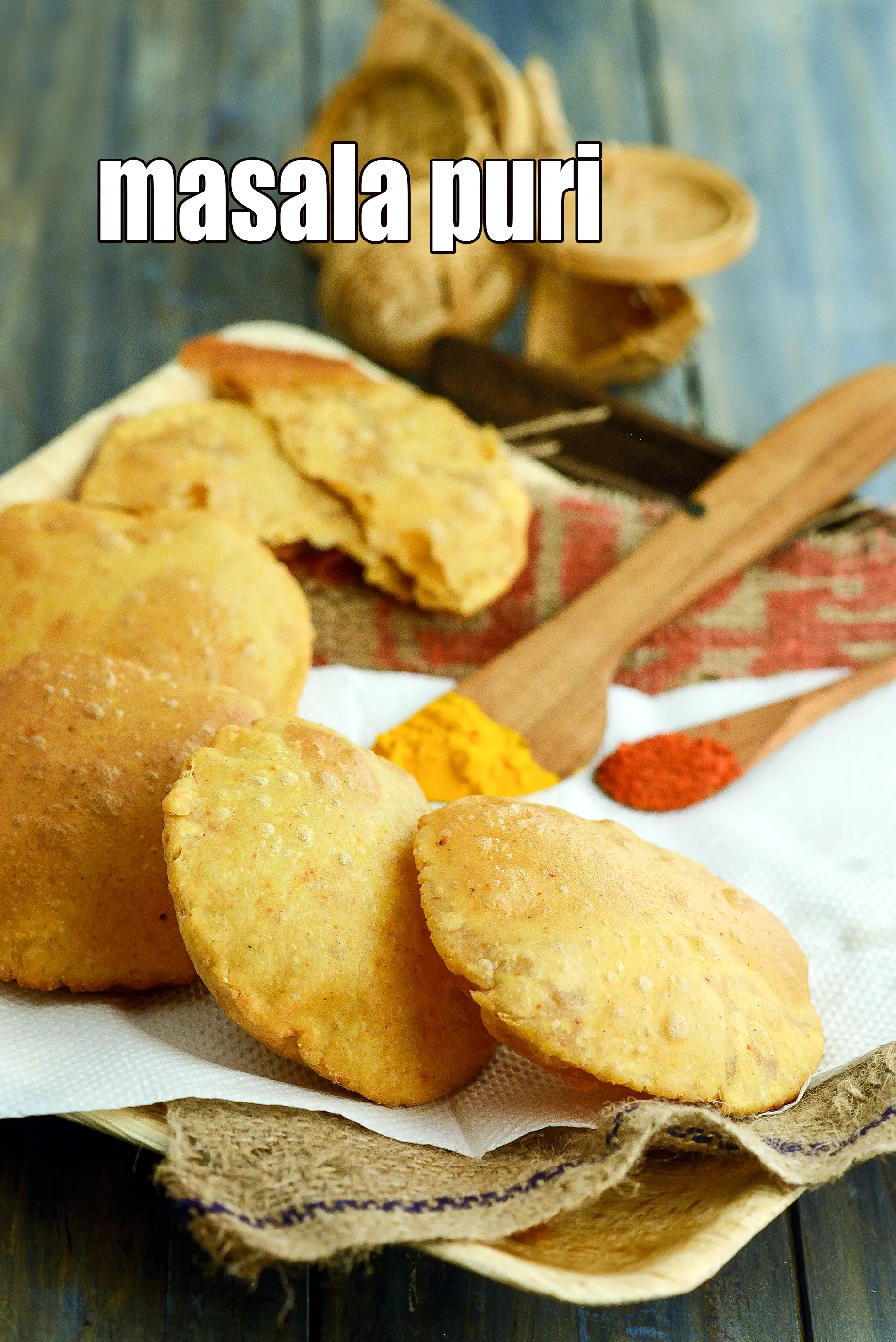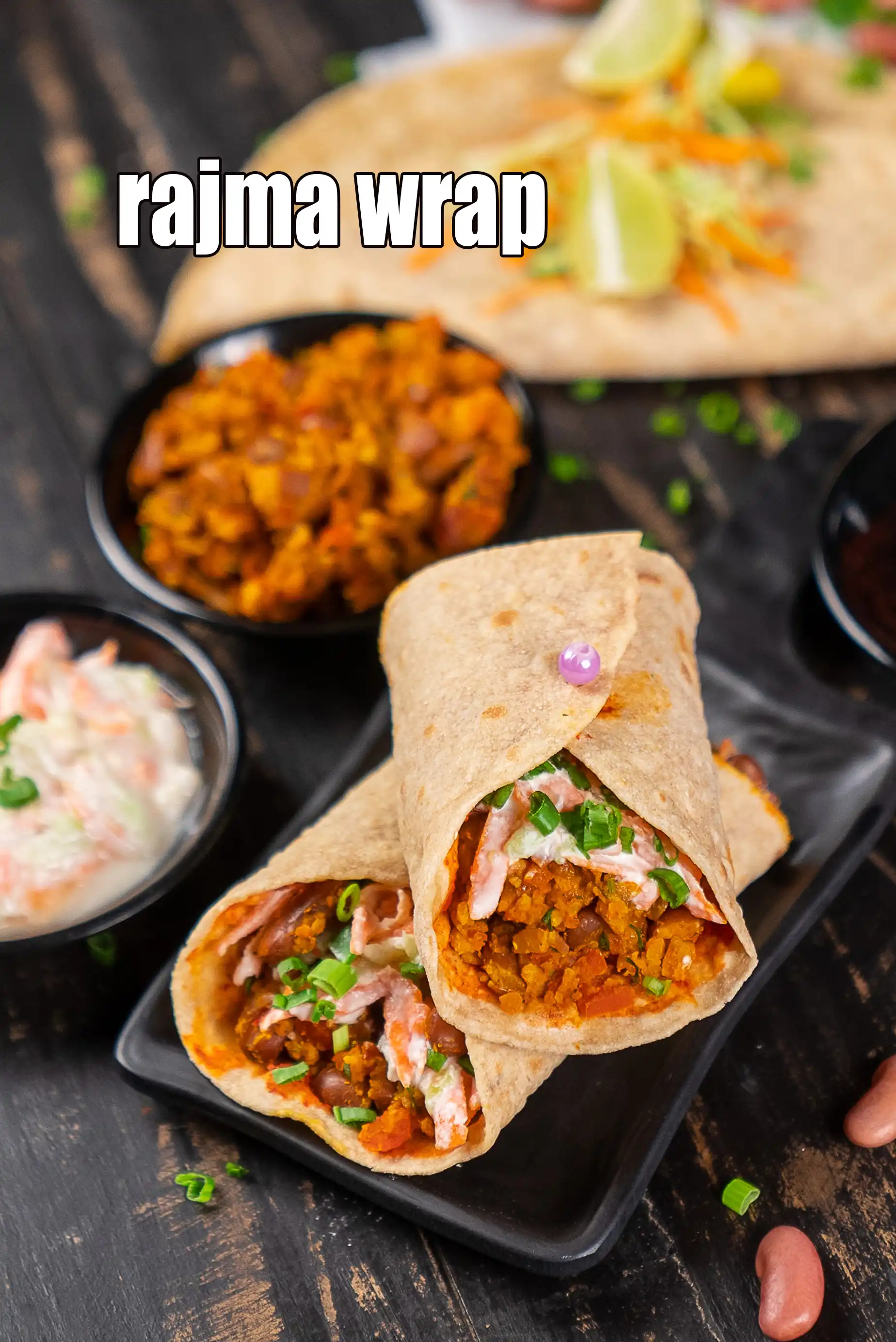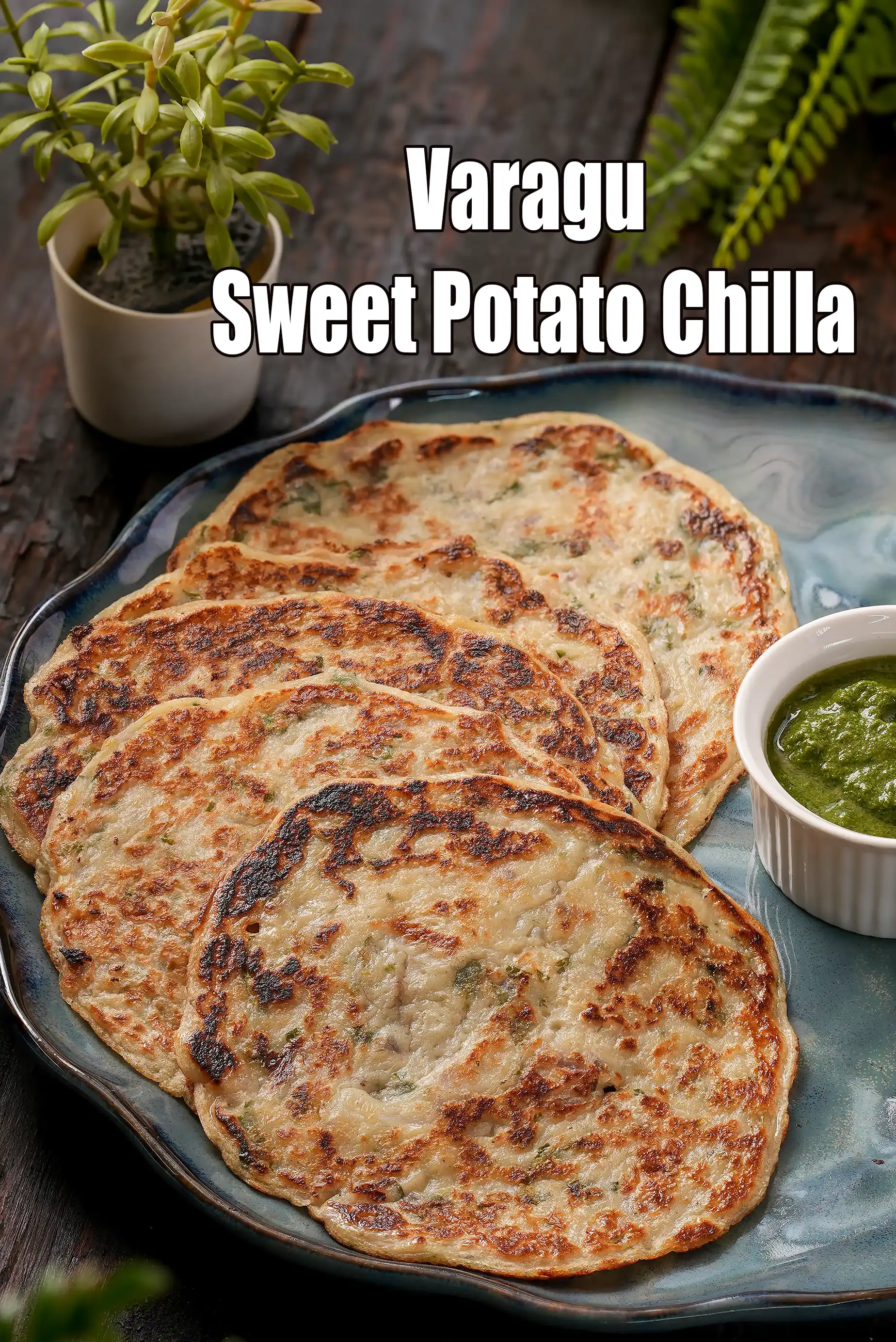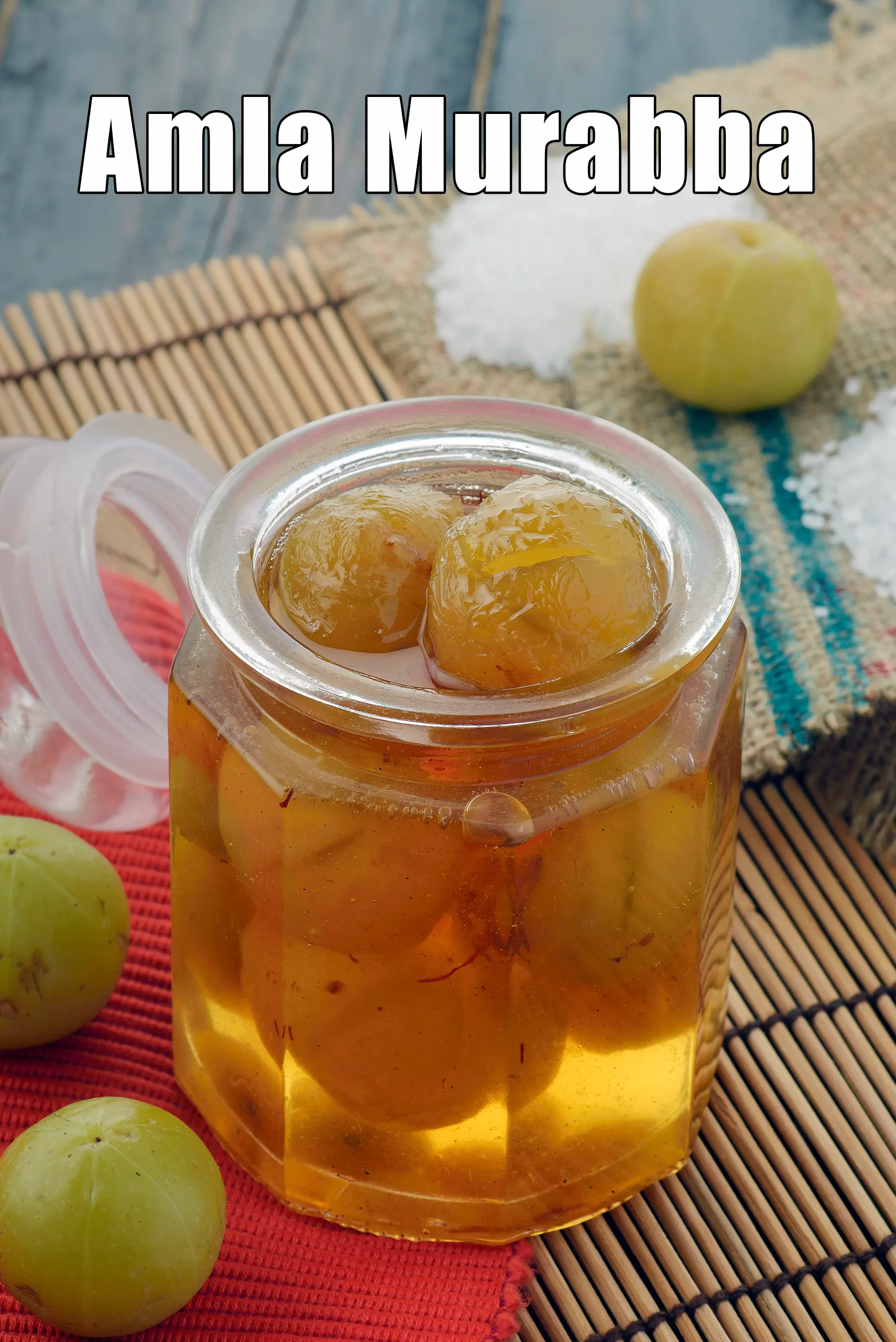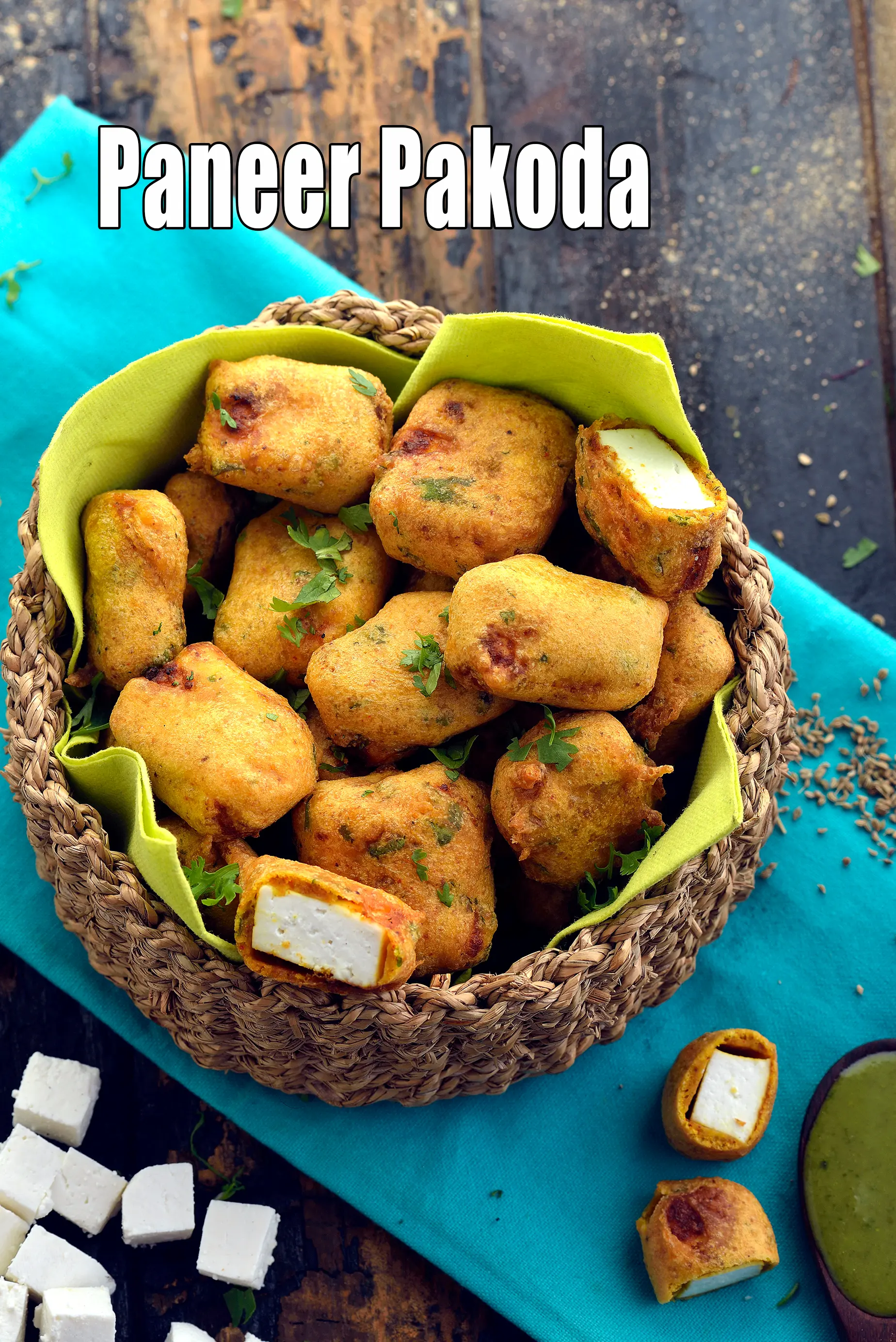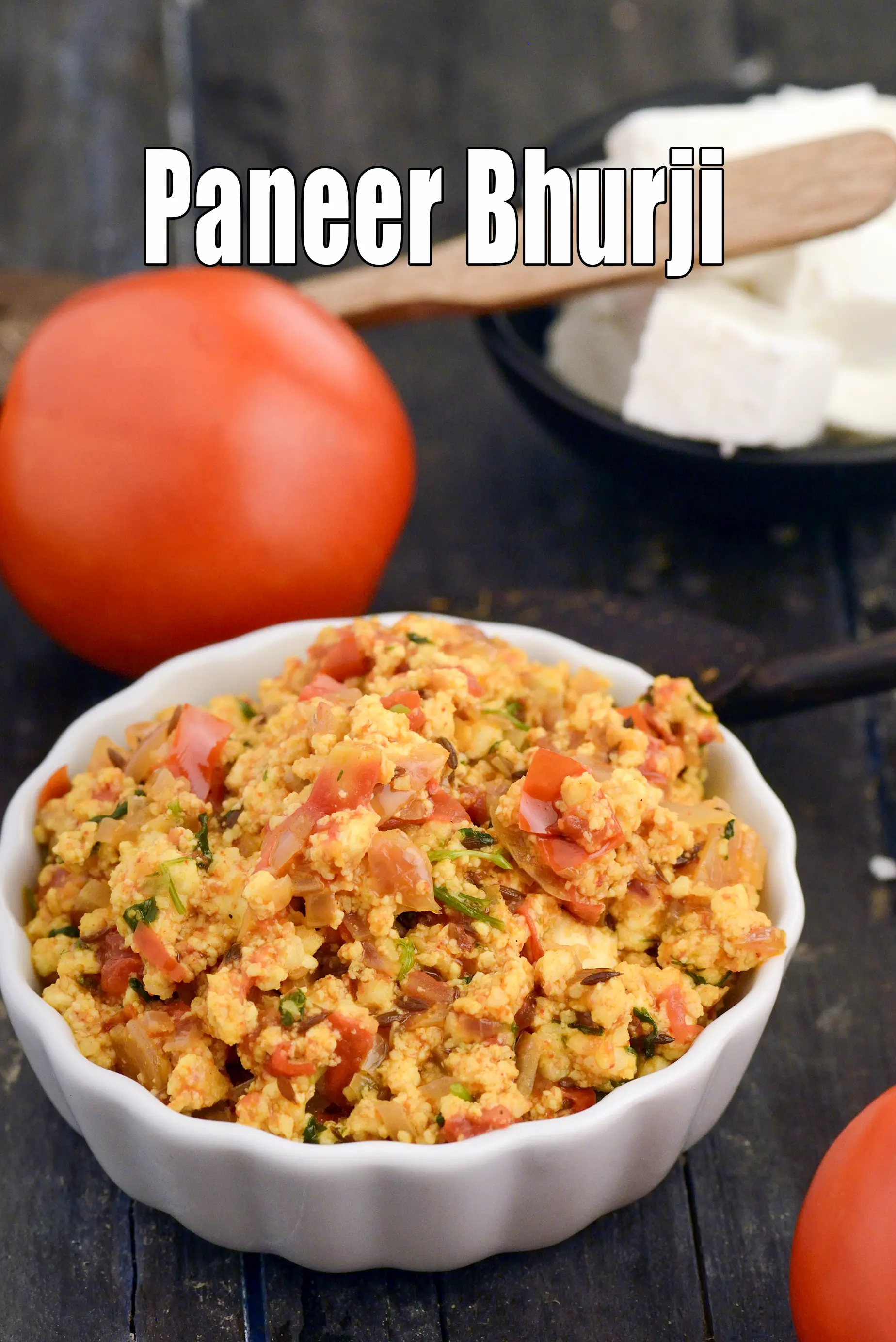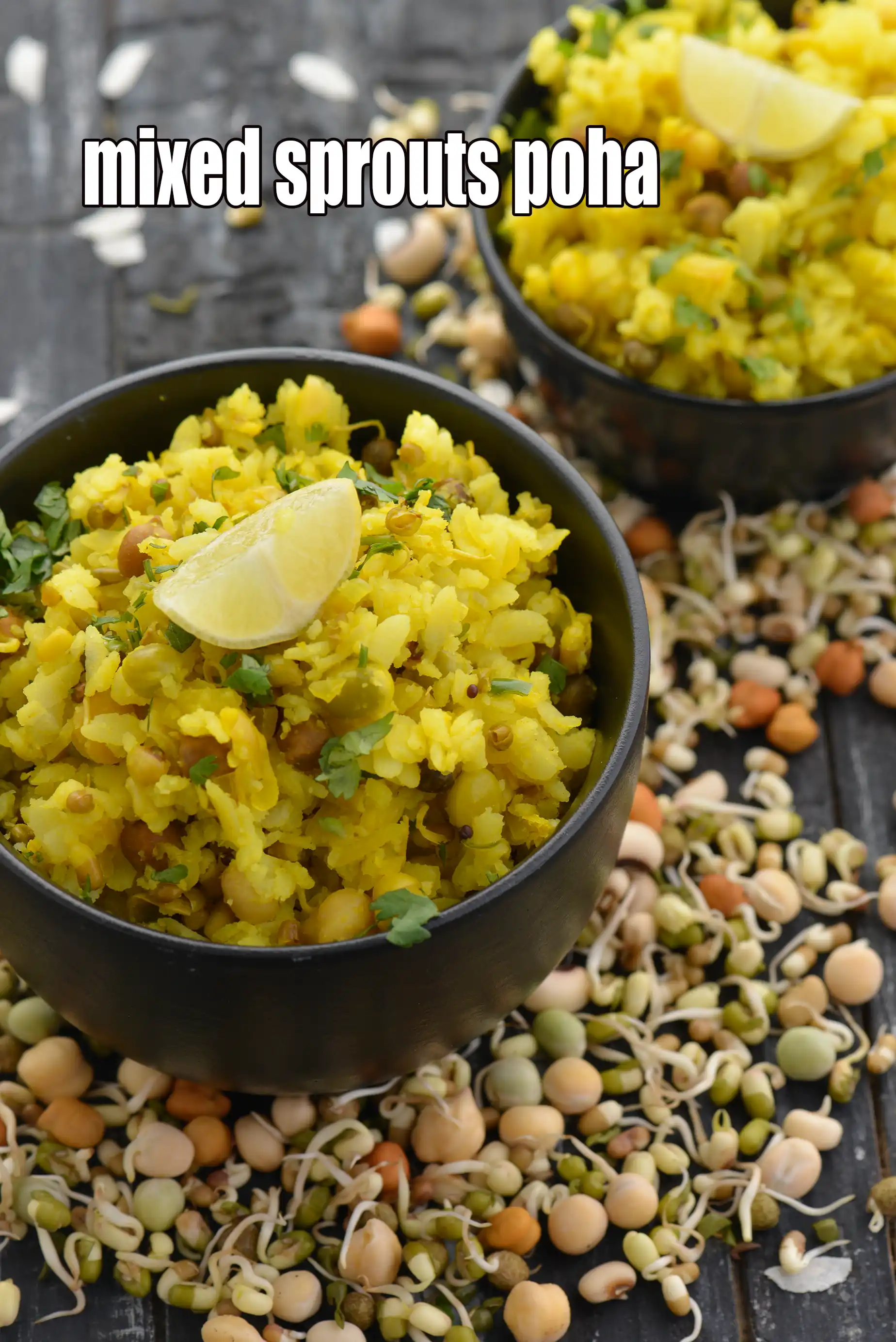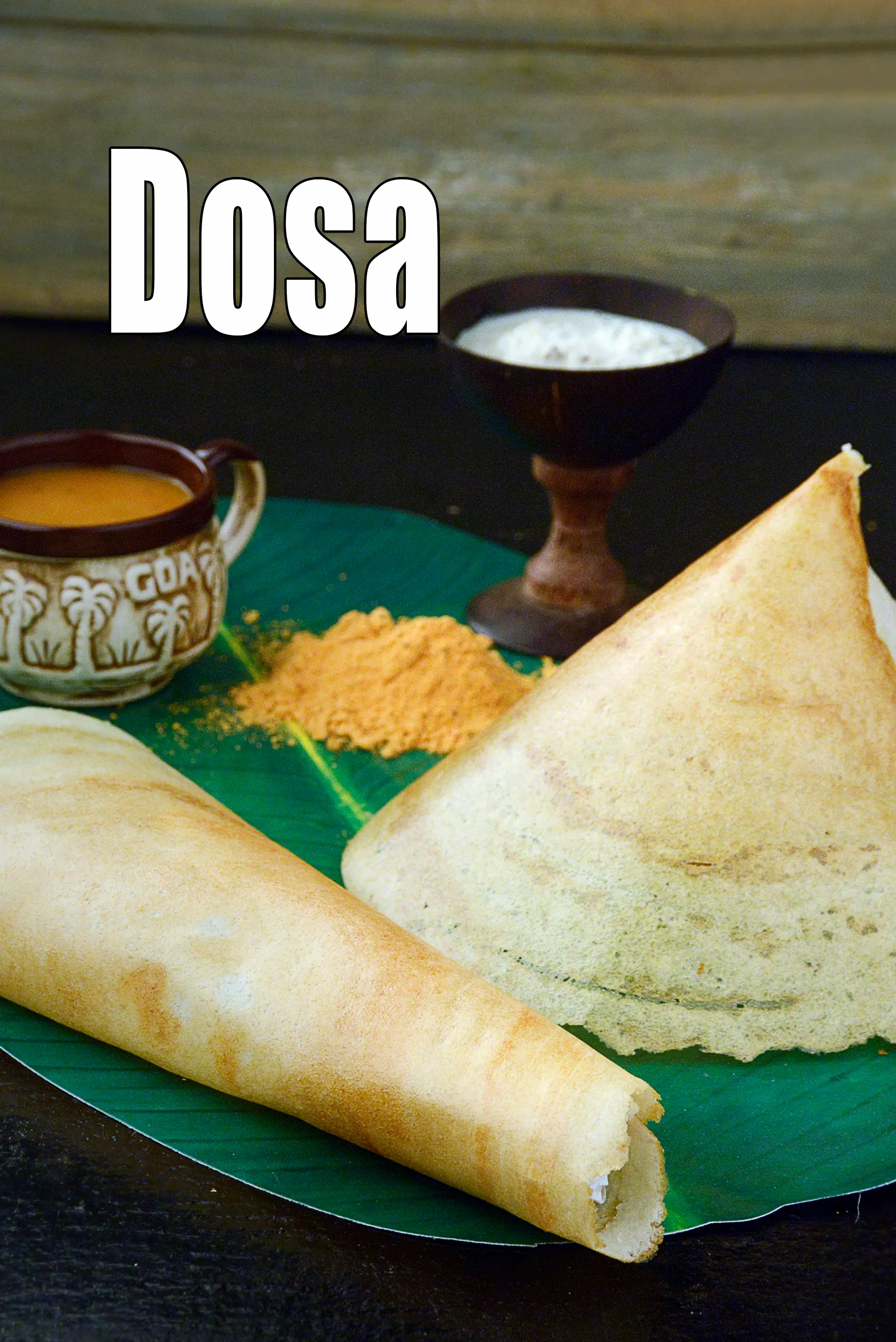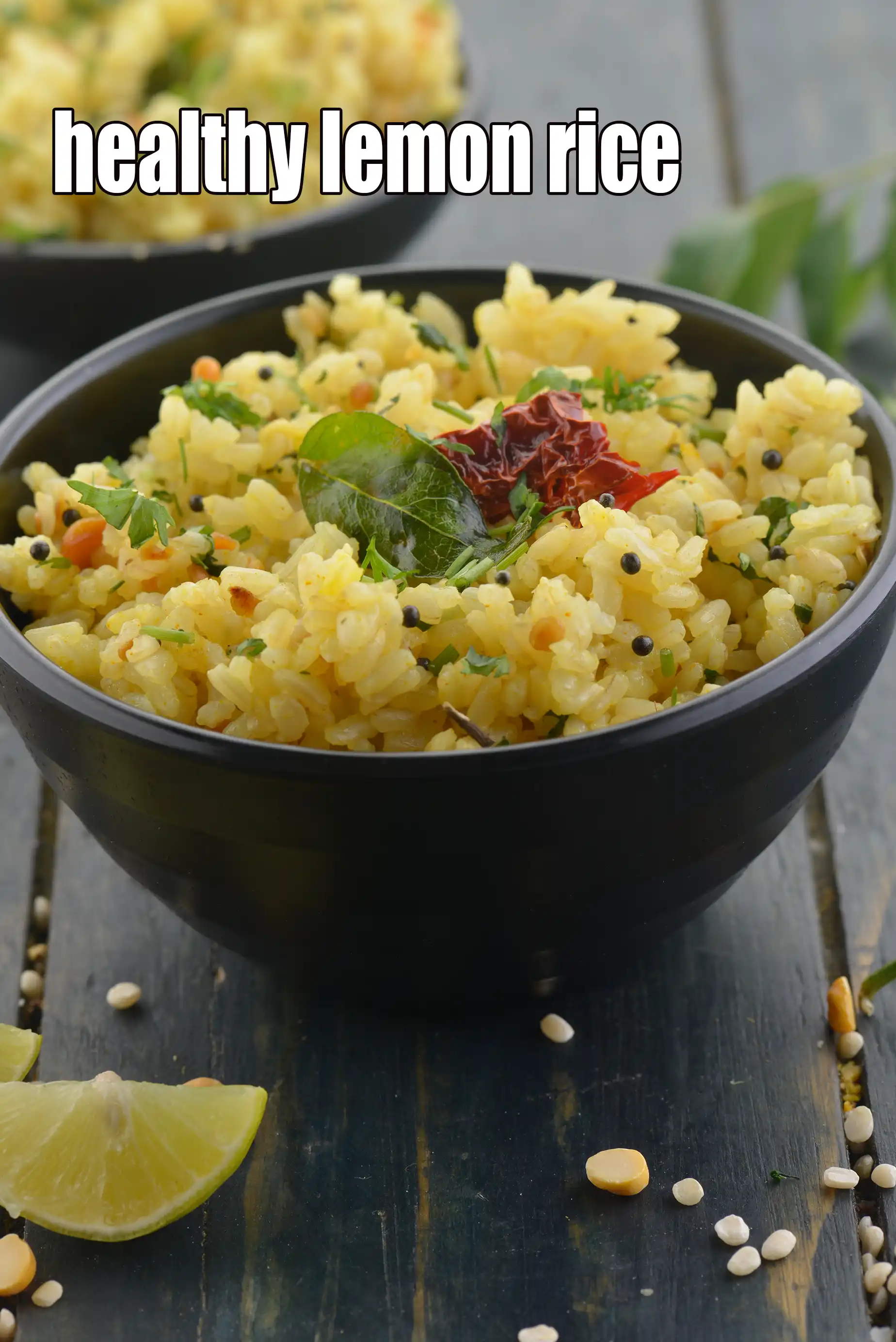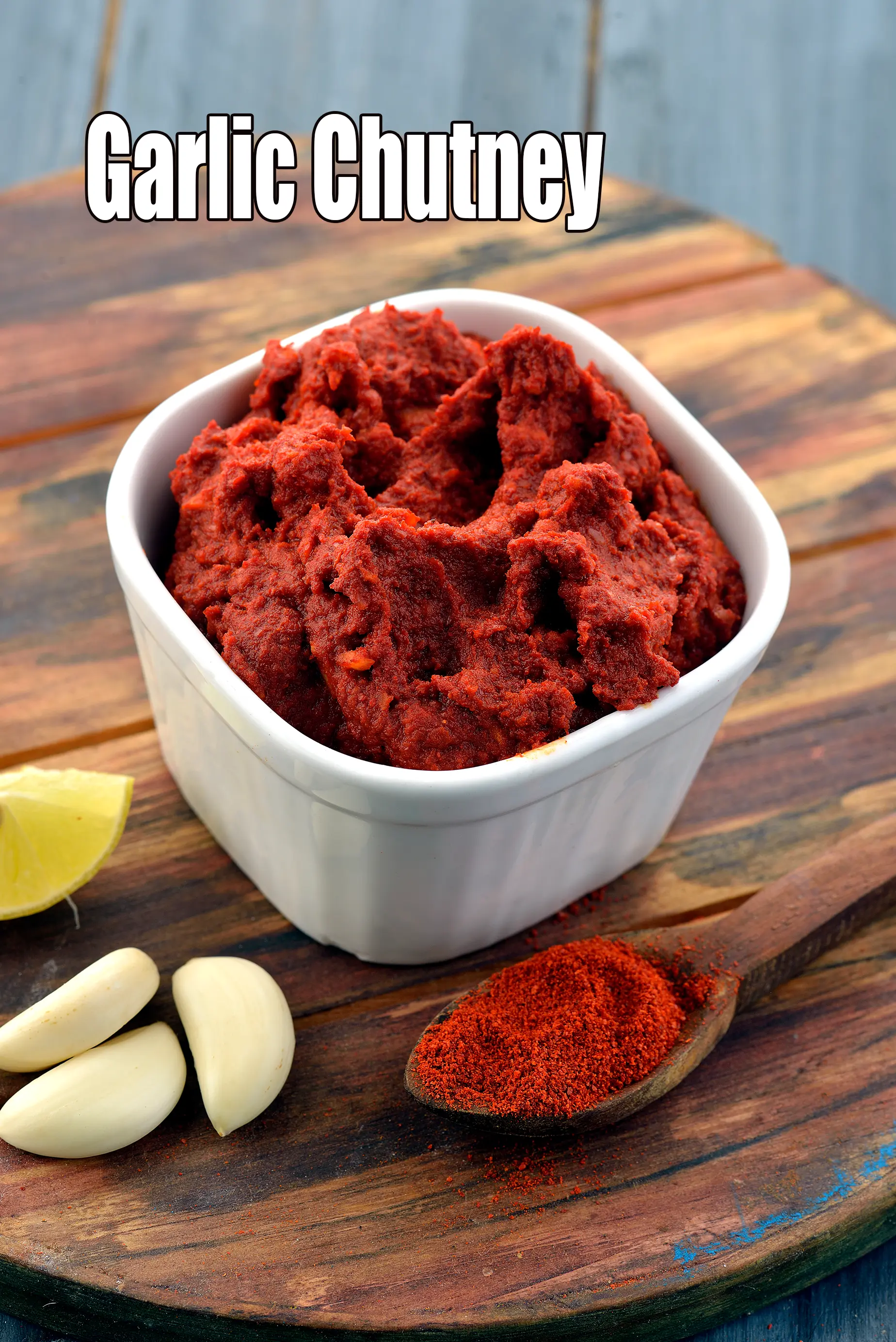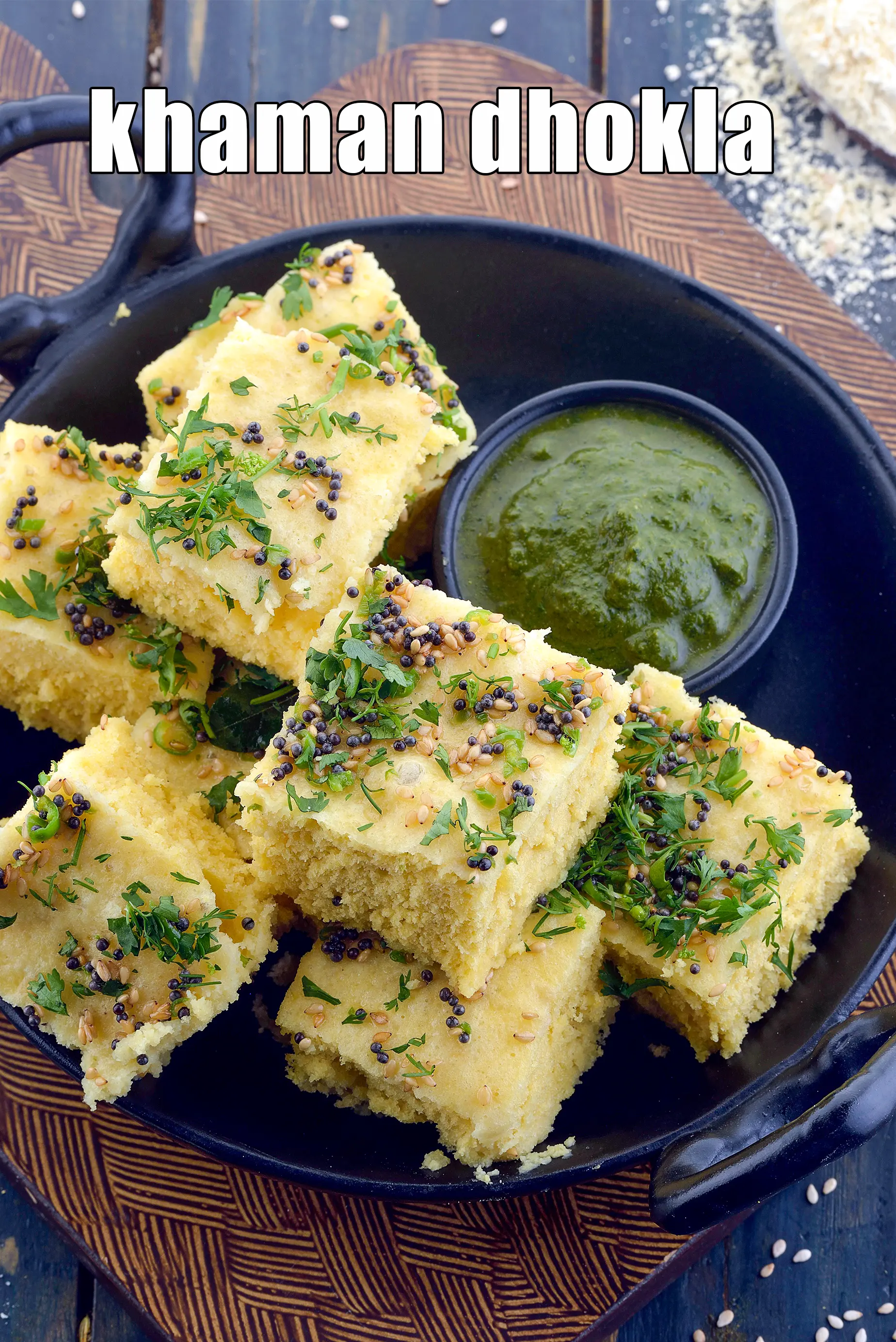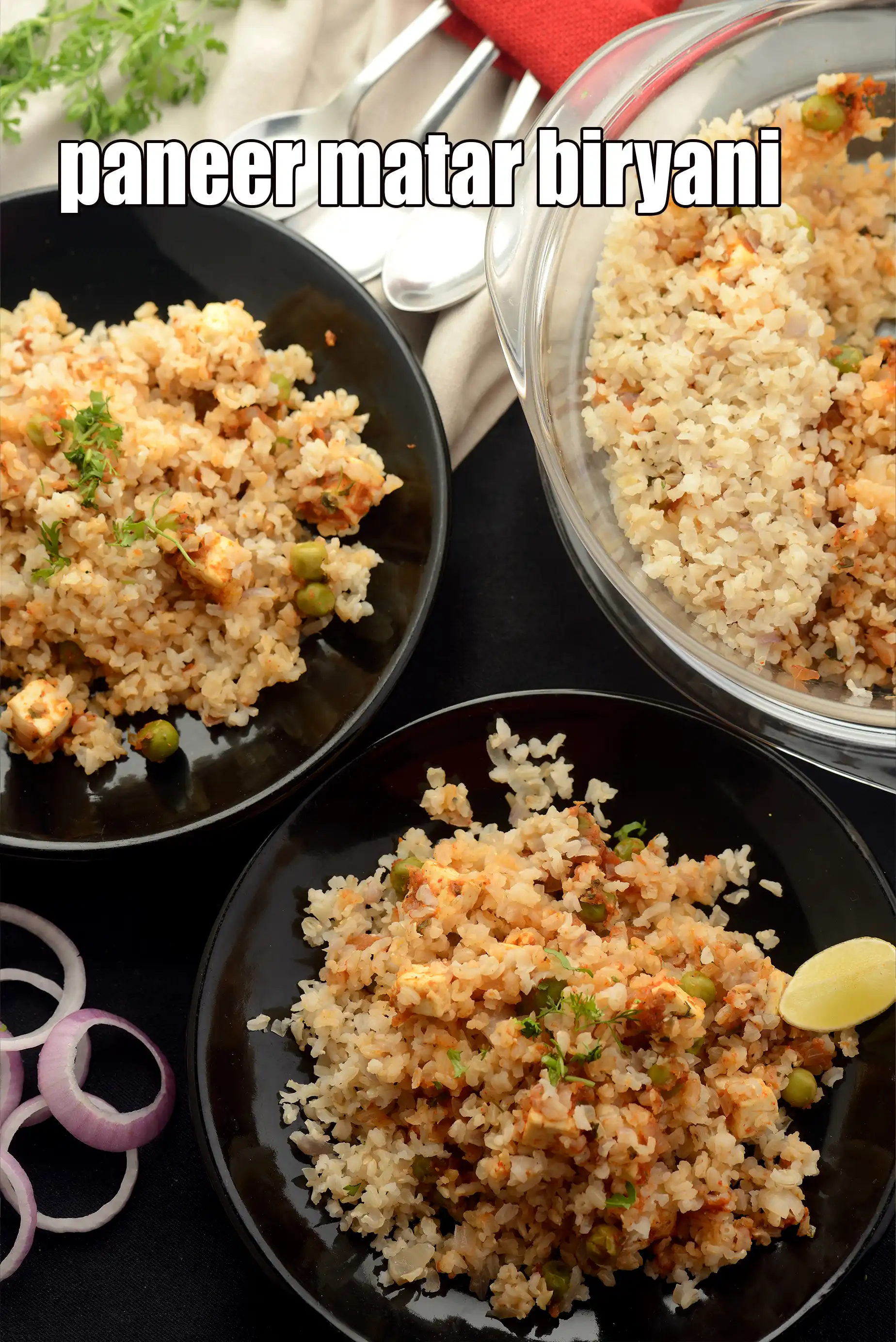plain flour

Table of Content
What is plain flour, maida, all purpose flour? glossary, uses
🍚 Understanding Plain Flour in India: The Significance of Maida
In the Indian context, plain flour is universally known as Maida. It is a type of refined wheat flour that is finely milled after the bran (outer layer) and germ have been removed from the wheat grain, leaving behind only the starchy endosperm. This process results in its characteristic super-fine, soft texture and white colour, often enhanced by natural or mechanical bleaching. Unlike Atta (whole wheat flour) which is used for everyday flatbreads like roti and chapati, Maida is significantly lower in fibre and protein (gluten), which is why it is preferred for achieving a specific light, fluffy, and tender texture in many Indian delicacies.
🎂 Maida as the Base for Sweets and Bakery Items
Maida is the undisputed star in the creation of many traditional Indian sweets (mithai) and bakery products. Its ability to produce a soft crumb and stretchy dough makes it essential for preparations like Naan and Tandoori Roti (leavened flatbreads often made in a clay oven), the famous deep-fried, fluffy Bhatura (served with chhole), and a variety of biscuits and cakes. The fine texture of Maida is also crucial for festival sweets such as the crispy, syrup-soaked Jalebi and the rich, fudge-like Maida Barfi or Maida Cake, showcasing its versatility from leavened breads to dense confections.
🥟 Indispensable in Indian Street Food and Snacks
The widespread popularity of Maida is perhaps most visible in the realm of Indian street food and savoury snacks. Its unique dough-handling properties allow for the creation of delicate, crispy shells and coverings that are central to these dishes. Iconic snacks like the deep-fried, pastry-filled Samosa and the various types of Kachori rely on Maida for their satisfyingly flaky and crunchy outer layer. Furthermore, the small, fried crackers known as Papdi (used in chaat) and the long-lasting, tea-time nibblers like Namak Paare are all primarily crafted using this refined wheat flour.
🛍️ Availability: A Staple Across All of India
A major factor contributing to Maida's omnipresence is its phenomenal availability across the Indian subcontinent. Found under the official name "Refined Wheat Flour," it is an essential ingredient in every grocery store, from metropolitan supermarkets to the smallest kirana (corner) shop in a remote town or village. It is produced by large, organized mills, as well as smaller regional grinders, ensuring a continuous and widespread supply chain. Its excellent shelf life also means it can be stored easily, making it a reliable and constant presence in the Indian pantry.
💰 Affordability and Economic Factor
Maida is also highly prized for its affordability, often making it an extremely cost-effective option compared to certain specialty flours. The high yield of the fine white flour from the endosperm of the wheat grain contributes to its relatively low price point in the market. This economic factor has made it a flour of choice not only for households with limited budgets but also for the commercial food industry, including bakeries, sweet shops, and street food vendors, where cost control and consistency of texture are crucial for mass production.
How to Select plain flour, maida, all purpose flour
• Maida is available in various pack sizes from various brands. Choose the pack size that suits your needs.
• Buy well-packed flour, pure white in colour, and smooth and powdery in texture. Avoid pale yellow-coloured flour.
• Flour is sometimes labelled as pre-sifted. This means that the flour was sifted before packaging but it compacts during shipping and handling and therefore is no longer sifted by the time you get it home. So, always sift again before use.
Culinary uses of plain flour, maida, all purpose flour
• Plain flour is extensively used in the preparation of white breads.
• In India, maida is used to make pastries and other bakery items like bread, biscuit, toast etc.
•
Plain Flour is used in Indian dishes from Baked Vada Pav and Maida Dosas, to Aloowali Roti and Aloo Cheese Croquettes, from Aloo Kulcha to Moong Dal Kachori, this article introduces you to a range of dishes made with plain flour (maida).
Plain flour is used in many popular Indian snack recipes. The dough for Indian snacks is made for moong dal kachori, Matar ki kachori and pyaz ki kachori.
Plain flour used in Indian Desserts. Ever wonder why the desserts seem to taste that good! Try from homemade jalebi, gulab jamun to kala jamun.
When used in baking, flour contributes body and structure, texture and flavour to the product. It binds the ingredients together and supports the batter.
• Flour is often used as a coating for foods that are fried. Flour-coated food develops a crisp, flavourful crust, and an interior that is tender and juicy.
• It is also used for a wide range of other purposes, from thickening sauces to baking breads, cakes, pizzas and a whole range of flour based Indian and international sweets.
• Plain flour dough is used to make unleavened Indian breads like naan, puri, paratha and chappathi.
Malabar paratha recipe | Kerala parotta | Indian Malabar parotta | flaky paratha
Kerala parotta or Malabar paratha is a unique dish from South Indian cuisine which is very common in Kerala and Tamil Nadu. It is a common street food and a restaurant food as well.

• It can also be used to thicken sauces, creams and pie fillings.
• Plain flour is also used to dusk cake pans and counters to prevent batters and bread dough from sticking to surfaces.
• Flour can also be used to coat fruits and nuts before adding to batters, thus preventing them from sinking to the bottom of the pan when baked.
How to Store plain flour, maida, all purpose flour
• Flour is best kept in a cool, dry, dark place in a food grade, breathable jar. Plain flour can be preserved better in just breathable containers than in air-tight ones.
• Warm, damp conditions cause the flour to become caked and packed, and also encourage the growth of microorganisms, causing the flour to spoil. So, always store in a dry container in a dry place.
• Flour readily absorbs odours and moisture. So, care should be taken to ensure flour products are stored away from onions and other goods with strong odours.
• If properly stored, flour can be preserved for up to eight months. To preserve it even longer, store the flour tightly-wrapped in a refrigerator.
• Throw away the flour if you detect any bad smell or infestation by weevils.
• Put a bay leaf in the flour canister to help protect against insect infections. Bay leaves are natural insect repellents.
Health Benefits of plain flour, maida, all purpose flour! is it healthy? Maida (plain flour) which is refined carb not suitable for healthy lifestyle. Maida consumption in any food should be totally avoided or use in very small quantities as any consumption of this will cause a larger spike in blood sugar levels which is not good for diabetics, heart patients. The development of prediabetes comes from uncontrolled eating sugar and refined food products for many years and the classic symptom is if you have excess belly fat. This leads to diabetes and further onwards to heart attack, high blood pressure, strokes, impotence and kidney damage. Read is maida good for you to understand fully.

Related Glossary
Follow US
Recipe Categories
- Vitamin B12 Cobalamin Rich Recipes 33 recipes
- Low Calorie, Weight Loss Indian Recipes 421 recipes
- Low Cholesterol Indian Recipes 308 recipes
- Healthy Indian Breakfast 373 recipes
- Indian Diabetic recipes 559 recipes
- Indian Pregnancy recipes 461 recipes
- Zero Oil Indian Recipes 133 recipes
- Iron Rich Indian recipes 268 recipes
- Healthy Indian Acidity recipes 133 recipes
- Healthy Sabzis 108 recipes
- Indian Healthy Veg Snack 276 recipes
- Healthy Heart Recipes 415 recipes
- Healthy Veg Indian Soups 74 recipes
- Calcium Rich Indian Recipes 373 recipes
- High Blood Pressure Indian Recipes 103 recipes
- Healthy Indian Salads Recipes 137 recipes
- Low Carb Indian Diet, recipes 163 recipes
- Hypothyroidism Diet 63 recipes
- Arthritis Diet 68 recipes
- High Protein Indian recipes 94 recipes
- Vitamin K Diet 42 recipes
- Fatty Liver Diet 39 recipes
- PCOS 136 recipes
- Gluten Free Veg Indian 196 recipes
- High Fiber 328 recipes
- Indian Cancer Patients 275 recipes
- Jaundice Diet 45 recipes
- Sprouts 61 recipes
- Typhoid 43 recipes
- Irritable Bowel Syndrome (IBS) 23 recipes
- Kidney Stone Diet 10 recipes
- Home Remedies 213 recipes
- Senior Citizen 195 recipes
- Healthy Indian Drinks and Juices 213 recipes
- Diet for Dialysis 10 recipes
- Gout Indian Recipes 17 recipes
- Potassium Rich 80 recipes
- Vegan 195 recipes
- Indian recipes to treat Vomiting 8 recipes
- Forever Young Diet, Anti Aging Indian Diet 255 recipes
- Antioxidant Rich Indian 445 recipes
- Vitamin B1 Rich Indian Foods, Recipes 101 recipes
- High in Omega 3 Fatty Acids 32 recipes
- Zinc Rich Foods 55 recipes
- Vitamin A Rich, Beta Carotene, Retinol 89 recipes
- Malaria Diet 19 recipes
- Magnesium Rich 94 recipes
- Healthy Indian Dinner 85 recipes
- Vitamin C Rich Indian recipes 118 recipes
- Low Veg Glycemic Index 86 recipes
- Lower Blood Pressure Salads 8 recipes
- Healthy Indian Lunch Recipes 29 recipes
- Lactation 25 recipes
- Vitamin E Rich 51 recipes
- Hyperthyroidism Diet 47 recipes
- Vitamin B3, Niacin Rich 41 recipes
- Post Surgery Diet 42 recipes
- Selenium 27 recipes
- Lower Blood Pressure Desserts Sweets 14 recipes
- Phosphorus Rich Indian Recipes, Foods 74 recipes
- Copper 15 recipes
- Foods Rich in Vitamin B2 Riboflavin 22 recipes
- Vitamin B6 Diet 36 recipes
- B Vitamins 231 recipes
- Vitamin B9 Rich Folate 50 recipes
- Marathoners, Endurance Athletes, Triathlete 225 recipes
- Manganese Diet 32 recipes
- Thalassemia 18 recipes
- Detox Water, Fruit Infused Water 42 recipes
- Lactose Free Dairy Free 22 recipes
- Omega 6 Fatty Acids 32 recipes
- Phytonutrients 51 recipes
- Chronic Kidney Disease Indian recipes 12 recipes
- Selenium1 0 recipes
- Quick Snacks / Quick Starters 385 recipes
- Quick Breakfast Indian 131 recipes
- Quick Sabzis 117 recipes
- Quick Rotis / Parathas 46 recipes
- Quick Indian Sweets 139 recipes
- Quick Stir-Fries 51 recipes
- Quick Vegetarian Indian Soups 72 recipes
- Quick Chutneys 67 recipes
- Quick Vegetarian Rice, khichdi Recipes 56 recipes
- Indian snacks under 10 minutes 44 recipes
- Quick Indian Dips, Gravies & Sauces 105 recipes
- Quick Veg Indian Pizza 17 recipes
- Quick Veg Pasta 25 recipes
- Quick Pickles / Aachar 25 recipes
- Quick Dals / quick Kadhis 29 recipes
- Snacks under 5 minutes 33 recipes
- Quick Healthy Recipes 43 recipes
- Quick Pressure Cooker 46 recipes
- Quick Desserts 47 recipes
- Quick 3 Ingredients 63 recipes
- Quick Indian Desserts 20 recipes
- Quick 4 Ingredients 41 recipes
- Quick 5 Ingredients 42 recipes
- Kids Tiffin Box 319 recipes
- Recipes for Toddlers (1-3 Years) 32 recipes
- Sweet Recipes for Kids 456 recipes
- Recipes for Baby (10 to 12 Months) 17 recipes
- Quick Indian recipes for Kids 72 recipes
- Indian Breakfast Recipes for Kids 192 recipes
- Recipes for Weaning (8 to 9 months) 22 recipes
- Healthy Foods for Kids 196 recipes
- Snack Recipes for Kids 619 recipes
- Recipes Kids can make 36 recipes
- Kids After School 794 recipes
- Kids Jar Snacks 66 recipes
- Finger Foods for Babies, Toddlers and Kids 76 recipes
- Kids Weight Gain 43 recipes
- Kids Wraps and Rolls 23 recipes
- Kids Veg Pasta 27 recipes
- Kids Brain Boosting 68 recipes
- Protein rich food for kids 71 recipes
- Recipes for Weaning 15 recipes
- Kids Pizzas 30 recipes
- Babies, Toddler and Kids Iron Rich Foods 31 recipes
- High Fiber Foods for Kids 39 recipes
- Kids Noodles 37 recipes
- Kids High Energy Indian Foods 103 recipes
- Kids Calcium Rich Indian recipes 92 recipes
- Babies recipes, 6 to 18 months 34 recipes
- Kids Recipes for Increasing Immunity 10 recipes
- Kids Weight Loss 58 recipes
- Teething Recipes for Babies 10 recipes
- Cereals and Pulses for 8 to 9 months Baby 8 recipes
- Weaning foods at 7 months 12 recipes
- Indian Teen 315 recipes
- Starters / Snacks 2138 recipes
- Indian Breakfast Recipes 819 recipes
- Main Course Recipes 925 recipes
- Indian Salads 385 recipes
- Indian Desserts , Sweets 985 recipes
- Indian Soups 249 recipes
- Indian Beverages, Indian Drinks 483 recipes
- Indian Dinner 903 recipes
- Indian Dinner1 0 recipes
- Indian Lunch 829 recipes
- Side Dishes 449 recipes
- Indian Travel Food 433 recipes
- Indian Barbeque1 recipes 22 recipes
- Frozen Foods, Indian Freezer Recipes 67 recipes
- Whole Wheat Recipes 56 recipes
- Indian Comfort Foods 212 recipes
- Dinner Menus 56 recipes
- Easy Indian Veg 70 recipes
- Innovative Indian Recipes 27 recipes
- No Cook Indian 37 recipes
- Advanced Recipes 10 recipes
- Cakes with Eggs 13 recipes
- Microwave 229 recipes
- Oven 619 recipes
- Indian Steamer Recipes 102 recipes
- Kadai Veg 407 recipes
- Indian Barbeque Recipes 43 recipes
- Sizzler tray 15 recipes
- Mixer 566 recipes
- Pressure Cooker 315 recipes
- Tava 647 recipes
- Non-stick Pan 1393 recipes
- Indian Freezer recipes, meals 57 recipes
- Appe Mould 18 recipes
- Pan 223 recipes
- Non Stick Kadai Veg 203 recipes
- kadai Indian 150 recipes
- Refrigerator 176 recipes
- Waffle Indian recipes 6 recipes
- Handi 12 recipes
- Juicer and Hopper 65 recipes
- Grill 31 recipes
- Toaster 21 recipes
- Gas Toaster 8 recipes
- Steam 72 recipes
- No Cooking Veg Indian 335 recipes
- Vegetarian baked Indian recipes 380 recipes
- Boiled Indian recipes 129 recipes
- Deep Fry 260 recipes
- Indian Tawa 265 recipes
- Shallow Fry Indian 25 recipes
- Microwave1 172 recipes
- Saute 273 recipes
- Indian Pressure Cooker 171 recipes
- Stir-fry 101 recipes
- Roasting 0 recipes






